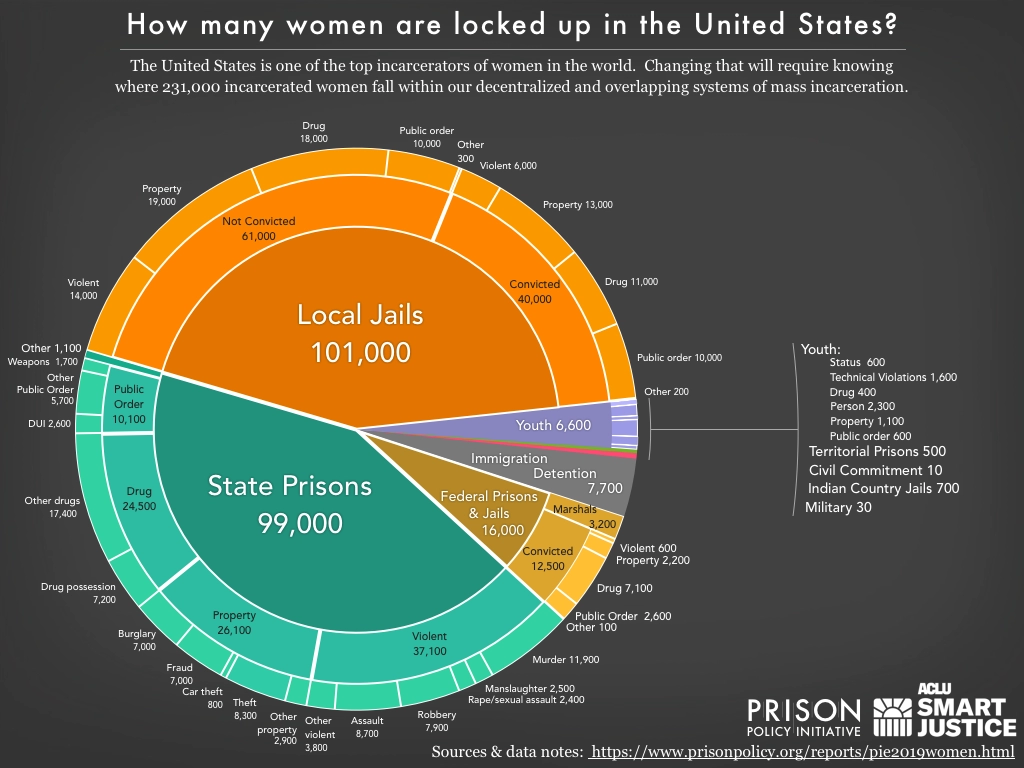Unsustainable suburban sprawl
The post WWII expansion, housing boom, and growth seen in the US directly contributed to the creation of suburbs. Between the urban workers, soot, and industry the wealthy would escape to the country. This was not possible for all until the idea of suburbia came to fruition: spacious bungalows, roads for cars, and large lawns. Between 1945-1950 there were more than 2 million individual homes. ‘The End of Suburbia,’ a 2004 documentary, claims that suburban life has become the American dream. Perhaps this was true for the social consciousness that gave rise to late twentieth century suburban sprawl, but it is difficult to still claim this is the dream for today. As more millennials and Gen-x enter the workforce, and all are awakened, attuned to, and realize that non-renewable consumption, 3000 miles between food supply and the dining table is unsustainable.
The Malthusian picture painted is an old one, bleak and dark, but untrue. This response paper / debate pushes first the idea of a “demand curve” that is shifting inwards due to the shift in collective consciousness and eco-responsibility. Next, let us consider the last 100 years as a prophecy for what is still yet to come in terms of innovation and efficiency creation. Think of the Green Revolution that continues to feed hundreds of millions since the 1960s. Finally, as information, trade, human rights, and AI-augmented smart-cities plan around the fundamental needs of every citizen of every city, the bottleneck of cheap energy will no longer choke steady growth states in harmony with populations. Ray Kurzweil imagines the triangulation of exponentially increasing technologies in genetics, robotics, and information converging as a "Singularity" event upon our horizons, in the next several decades.

No doubt, there are a many ways to go. In “Power Trip,” Amanda Little unravels how our oil dependency became so fundamentally tied to the US economy. In 1923 cellophane was chemically manufactured as the first form of plastic from organic chemical reactions. The plastics industry birthed synthetic materials; the industry became intrinsically tied to petroleum a couple decades later because processing plastics from oil-carbon derivatives decreases the number of industrial chemical reactions from more than 5 to about three- each process decreasing the cost by 2.5 times, explains Rudolph Deanin, professor at UMass. Two more sectors: agriculture and transportation also depend upon oil for fertilizer production and commerce, respectively. The dependency became painfully apparent in 1974 when oil price shocks tipped the US economy into a recession.
Why is oil the life-blood? Because of the amount of energy each drop contains, its transferability, and ubiquitous derivative products. Thus, US foreign policy has played a proactive role in ‘the reshaping of the Middle East because we are critically tied to the flow of oil,’ the documentary proclaims openly. Political instability, military expenditure, and geo-politics aside… these are tangential to our purpose: the US Suburban lifestyle.
Many scholars, speakers, and speculators have commented upon the depletion, national security threat, and unsustainability of oil. Every estimate is different; most predictions are ominous and dispiriting. Each commentator has viewed the reservoir half-empty; each view has undermined the human capacity for innovation and the tenacity of efficiencies tied to economic gains. Author James Kunstler, ‘Home from Nowhere’ makes statements in this documentary that – in only one decade – are well established and agreed upon by most thinkers and planners today: American-style consumption of oil, cars, farming, water, manufacturing, and electricity must down-size and cannot be the utopic model for the emerging world to imitate. There must be change.
In “Waste, Uncovering the Global Food Scandal,” Tristram Stuart argues that as much as 33% of global food production is surplus that is wasted. Dumped, rotting, or simply given away and unsold. Why? Simply because government subsidies (not only in the USA) assure national food suppliers and low prices. More than one economist has observed that poverty and malnutrition are not food-production problems- they are distribution problems.
Kunstler, from 'The End of Suburbia' documentary summarizes the unsustainability of suburban life as a ‘cluster – f#$%.’
Without a doubt, creation of the suburbs was a bad innovation. Economic and efficiency miscalculations misappropriate. As we move away from the suburb model of development, and search for greener lifestyles and cities we shall witness shocks across many industries, sectors, and facets of life. Nevertheless, in the long-run, eco-accountability will help us re-visualize what is sustainable for all.

















